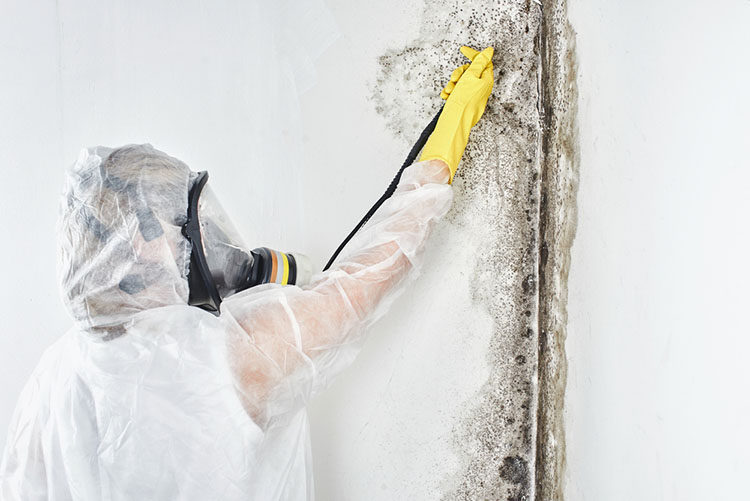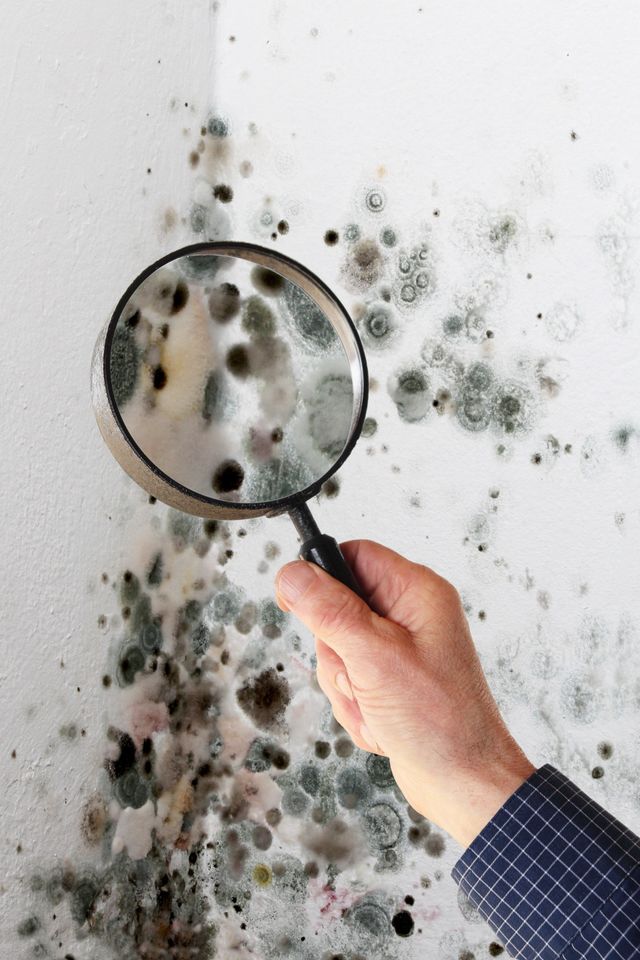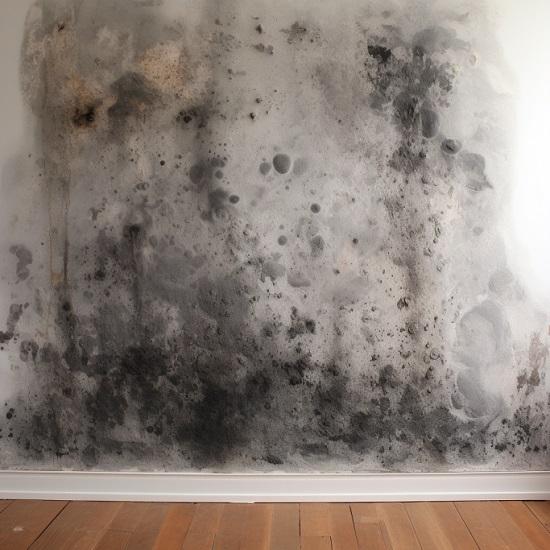Your Ultimate Guide to Post Mold And Mildew Removal Techniques
Navigating the world of post-mold remediation strategies is a thorough process that demands interest to information and a detailed understanding of the intricacies included. In the consequences of mold and mildew infestation, recognizing exactly how to effectively eradicate the mold and mildew and avoid its reoccurrence is critical for keeping a healthy and balanced interior atmosphere. From selecting the right cleansing and decontaminating techniques to carrying out techniques for lasting mold prevention, each action in the remediation trip plays a vital duty in making certain an effective end result. As we get started on this expedition of post-mold removal strategies, we will certainly discover the key methods and finest practices that can assist you recover your room to its pre-mold problem and secure it against future mold dangers.
Comprehending Post-Mold Remediation Refine
After finishing the mold and mildew removal procedure, it is vital to understand the post-mold removal techniques that are needed to make sure a comprehensive and reliable cleaning. Once the mold and mildew has been eliminated, the following step involves cleansing and sanitizing the affected areas to avoid any kind of regrowth of mold and mildew. This consists of using specialized cleansing representatives to clean down surfaces and kill any continuing to be mold spores. It is important to dry the location completely to dissuade the growth of mold and mildew in the future (Post remediation mold testing near me). Correct ventilation and dehumidification can assist in this procedure.
In addition, carrying out a last examination post-remediation is crucial to ensure that all mold and mildew has been efficiently eliminated. If the examination reveals any type of lingering mold and mildew, added removal may be needed.
Effective Cleaning Up and Sanitizing Approaches

Stopping Future Mold Development

Value of Correct Air Flow
Appropriate ventilation plays a vital role in protecting against moisture buildup, a vital aspect in mold development within indoor atmospheres. Effective air flow systems assist remove excess moisture from the air, reducing the possibilities of mold spores finding the wetness they need to spread and sprout. Without sufficient air flow, indoor rooms can end up being a reproduction ground for mold and mildew, causing prospective health and wellness risks and architectural damage.
By making certain appropriate air blood circulation, ventilation systems can additionally help in drying damp areas faster after water damages or flooding cases, additionally deterring mold development. Post Mold Remediation. In rooms like washrooms, kitchen areas, attic rooms, and basements where moisture levels have a tendency to be greater, mounting and maintaining reliable ventilation systems is essential in stopping mold invasions

Surveillance and Upkeep Tips
Offered the critical duty that appropriate ventilation plays in preventing mold and mildew development, it is essential to develop efficient tracking and upkeep ideas to guarantee the continued functionality of air flow systems. Regular examinations of air flow systems should be performed to examine for any type of signs of obstructions, leaks, or breakdowns that could impede appropriate airflow. Surveillance humidity degrees within the building is also crucial, as high moisture can add to mold development. Setting up a hygrometer can help track moisture levels and alert homeowners to any type of spikes that might need attention. Furthermore, ensuring that air filters are consistently cleaned or changed is essential for preserving the performance of the air flow system. Executing a routine for routine upkeep tasks, such as air duct cleaning and heating and cooling system inspections, can aid stop concerns before they escalate. By remaining aggressive and alert to the condition of air flow systems, home proprietors can effectively minimize the risk of mold regrowth and maintain a healthy indoor atmosphere.
Verdict
Finally, post-mold remediation methods are essential for guaranteeing a clean and risk-free atmosphere. Comprehending the process, implementing reliable cleaning and disinfecting approaches, protecting against future mold and mildew growth, maintaining correct air flow, and regular tracking are all crucial actions in the removal process. By adhering to these guidelines, you can successfully remove mold and mildew and prevent its return, functioning or promoting a healthy and balanced living room for all occupants.
In the results of mold problem, understanding how to properly remove the mold and avoid its reoccurrence is paramount for preserving a healthy interior atmosphere. Once the mold and mildew has actually been eliminated, the following step involves cleaning and disinfecting the influenced areas to protect against any regrowth of mold - Post Remediation verification. After eliminating visible mold development, it is essential to cleanse all surface areas in the affected area to remove any kind of remaining mold and mildew spores. To better enhance mold avoidance steps, it is essential to deal with underlying concerns that originally led to mold development.Provided the critical function that appropriate air flow plays in preventing mold growth, it is essential to develop reliable tracking and upkeep pointers to ensure the continued performance of ventilation systems